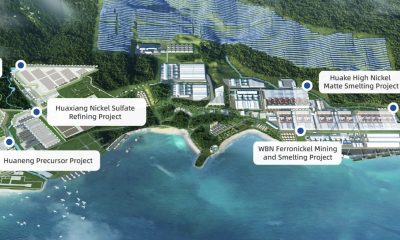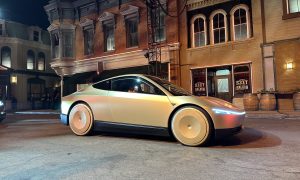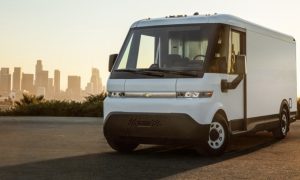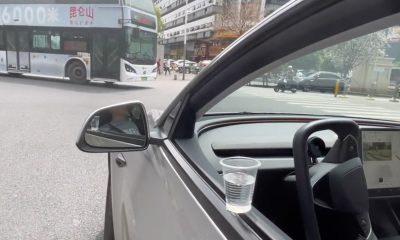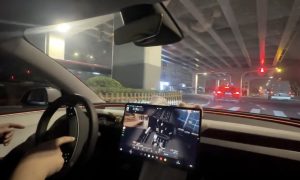General Motors Canada announced its support for tariffs on China-made electric vehicle (EV) imports as Chinese automaker BYD plans to enter the Canadian auto market.
“We’re encouraged by the government’s examination of these issues. Because on the basis of strong competition, a fair playing field, it encourages us to invest heavily, employ deeply,” commented the President of GM Canada Kristian Aquilina.
The Canadian government has sought the advice and opinions of various groups, organizations, and businesses on whether or not to impose tariffs on EV imports made in China. A few groups, like the Canadian Vehicle Manufacturers’ Association and Canada’s largest labor union, Unifor, have called for the government to implement 100% tariffs on China-made EV imports similar to those in the United States.
Canada, the United States, and the European Union all share the same concerns about China-made EVs. The three countries believe that China could potentially flood their auto markets with cheaper EVs, making it difficult for domestic automakers to compete.
Aquilina shared similar sentiments, stating: “An unfair playing field can be quite detrimental, and it’s only right that the government look at these issues and consider all of the facts.”
China has warned Canada against imposing 100% tariffs on its EV imports, arguing that it would sully trade relations between the two countries. The Asian powerhouse has also issued similar warnings to the European Union, which shared plans to impose up to 38% tariffs on China-made EV imports. All EU member states are expected to vote for the tariffs by November.
If you have any tips, contact me at maria@teslarati.com or via X @Writer_01001101.
News
SpaceX expands Starlink constellation amid surging global demand
SpaceX launched Starlink 6-93, adding 28 satellites to its vast constellation. Starlink’s global role is only expanding.
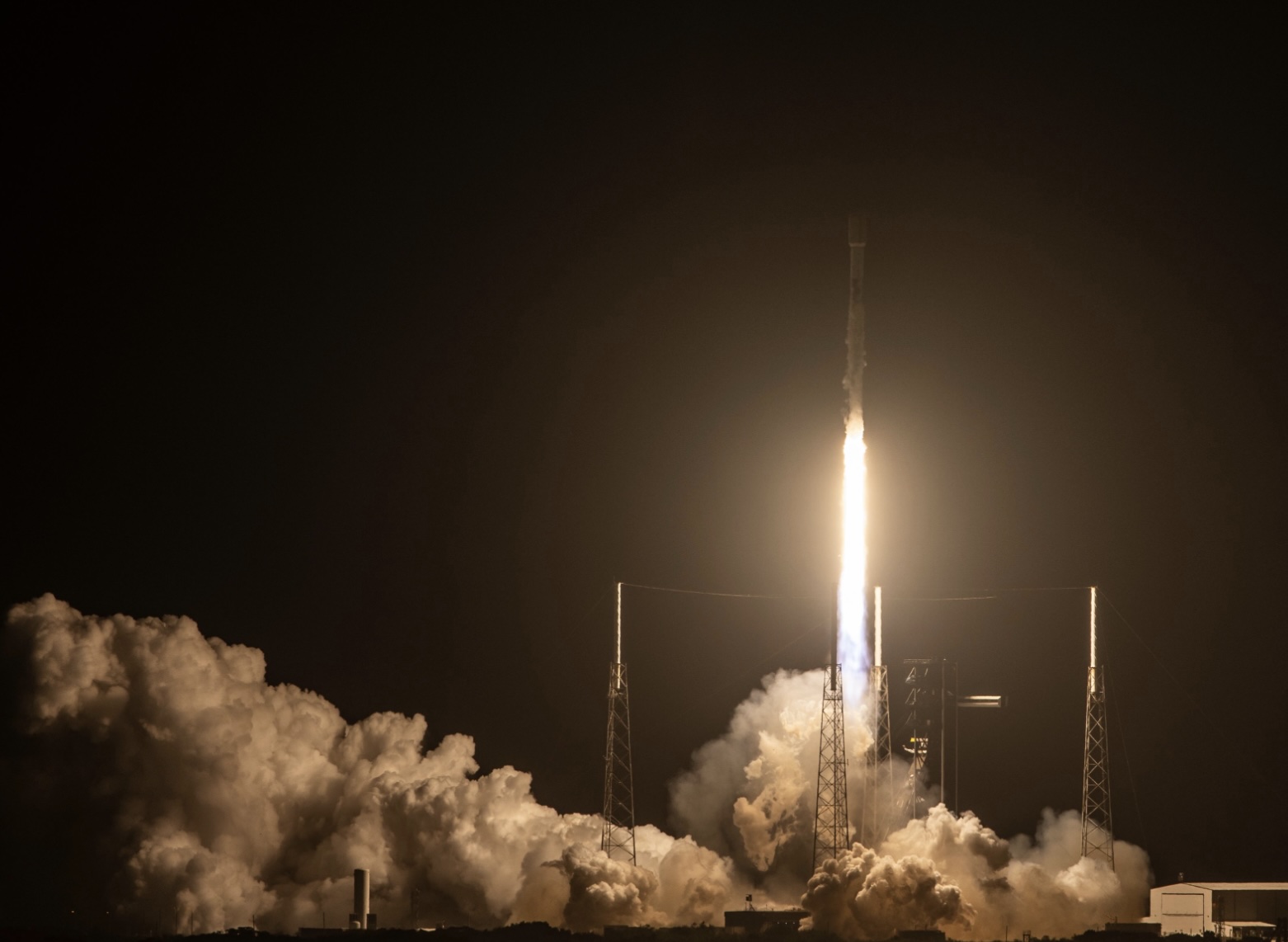
SpaceX’s Starlink constellation expanded with a Falcon 9 launch on May 6, strengthening its role in global connectivity as demand surges and competition intensifies. The recent Falcon 9 launch is called SpaceX’s Starlink 6-93 mission.
SpaceX’s Falcon 9 rocket carried 28 Starlink satellites, adding to a network of over 7,200 satellites in low Earth orbit (LEO). It lifted off at 9:17 p.m. EDT from Cape Canaveral Space Force Station’s Launch Complex-40 in Florida.
Starlink’s critical role in connectivity was evident during a historic blackout across Spain and Portugal, where a power outage exposed weaknesses in traditional telecom networks. Mobile and internet users turned to Starlink in record numbers, driving a 35% usage surge. The Iberian Peninsula’s reliance on Starlink underscored its ability to provide reliable internet access when terrestrial systems falter.
The satellite broadband market is heating up. Amazon’s Project Kuiper has been pitted against SpaceX’s Starlink and telecom giants like AT&T and T-Mobile. Kuiper’s focus on underserved rural areas is similar to Starlink’s mission. However, SpaceX’s constellation is far ahead of the competition. Global interest in satellite communications is rising, driven by strategic and commercial needs.
Geopolitical shifts are also shaping the landscape. For instance, Ukraine is exploring Starlink alternatives with the European Union, while the German military, Bundeswehr, plans to build its own constellation for independent communications. Similar to Amazon’s Kuiper project, Ukraine, the EU, and Germany’s efforts face challenges in matching Starlink’s scale and operational maturity.
SpaceX’s latest launch from one of its two Space Coast facilities reinforces Starlink’s lead in delivering broadband to remote and crisis-affected regions. The Falcon 9’s precise deployment ensures continued growth of the constellation, serving a growing base of consumers, businesses, and governments worldwide.
As global demand for satellite connectivity surges, SpaceX’s Starlink 6-93 mission highlights its pivotal role in bridging connectivity gaps. Starlink’s expansion positions it as a cornerstone of the evolving satellite communications landscape, balancing innovation with geopolitical and market challenges.
News
US’ base Tesla Model Y has an edge vs Shanghai and Berlin’s entry-level Model Ys
The new Model Y Long Range Rear Wheel Drive sounds like a bang-for-the-buck option–literally.
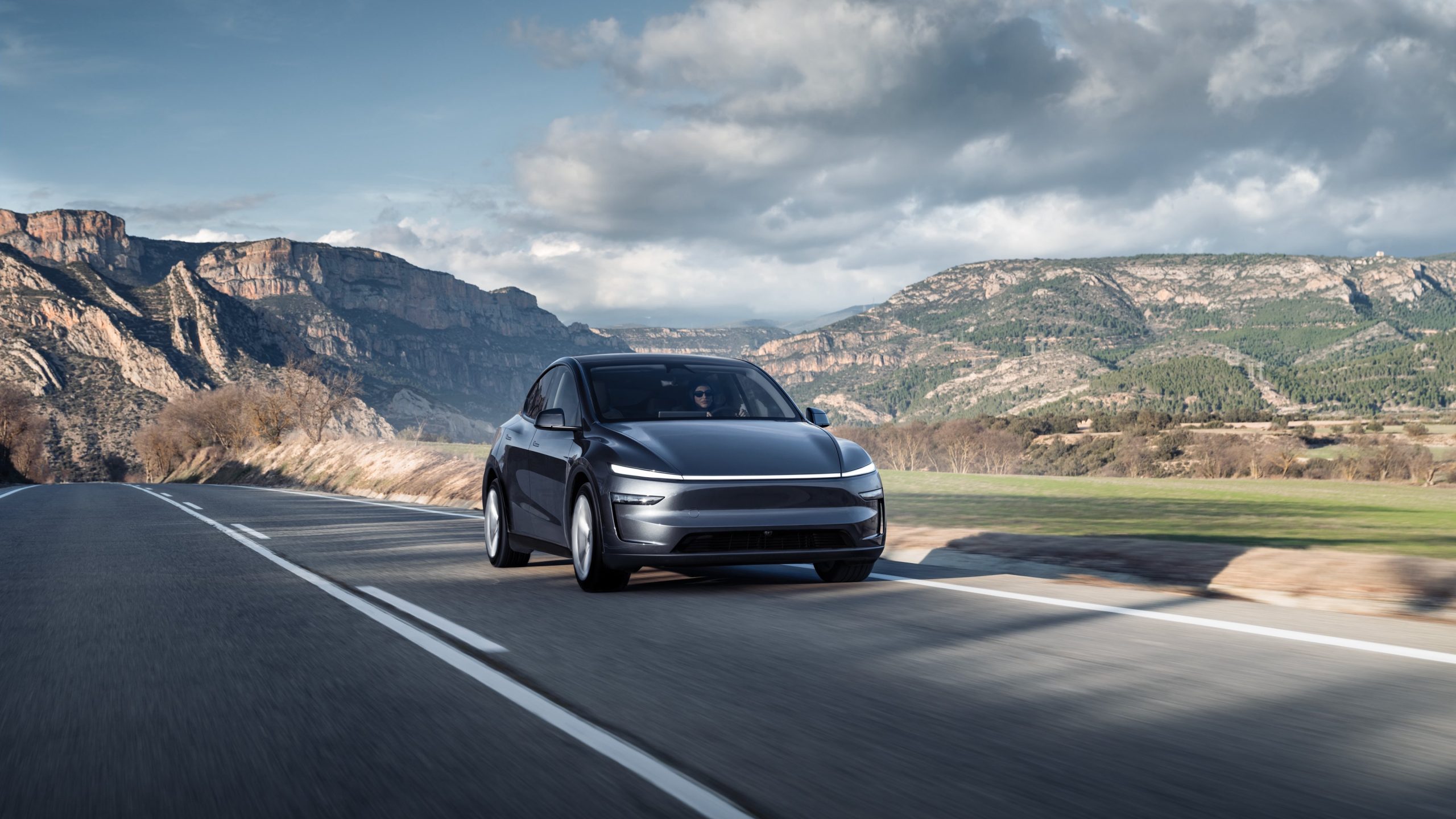
Tesla recently released the new Model Y Long Range Rear Wheel Drive (RWD) variant in the United States. While the vehicle serves as the base variant of the revamped all-electric crossover in the U.S., it has some notable differences compared to the entry-level Model Ys produced in Giga Shanghai and Giga Berlin.
New Model Y Long Range RWD
A look at the new Model Y Long Range Rear Wheel Drive’s specs shows that the base vehicle is equipped with 15 speakers and 1 subwoofer, the same as the Model Y Long Range All Wheel Drive (AWD), which costs $4,000 more before incentives. That’s not bad at all for a vehicle that effectively costs $37,490 with the $7,500 federal tax credit.
In comparison, the entry-level Model Y produced in Gigafactory Shanghai and Giga Berlin is equipped with just nine speakers. This doesn’t mean that the entry-level variants from Giga Shanghai and Berlin are fitted with a subpar sound system, of course. It just means that the sound system in the Model Y Long Range AWD is quite a bit better.
Speaker Differences
Tesla has not provided an explanation why the Model Y LR RWD produced in the Fremont Factory and Giga Texas is fitted with a better sound system than comparable models from China and Germany. It should be noted, however, that the entry-level Model Y from Giga Shanghai and Berlin are not listed as “Long Range” vehicles.
The entry-level Model Y from Giga Berlin, for example is, listed with a WLTP range of just 500 km per charge, which roughly translates to an EPA-estimated 266 miles per charge. The entry-level Model Y from Giga Shanghai, on the other hand, is listed with a CLTC range of 593 km, which roughly translates to an EPA-estimated range of 258 miles per charge. Considering that the base variants from Shanghai and Berlin are not long range vehicles, their fewer speakers make sense.
That being said, Tesla is also offering a Model Y Maximum Range Rear Wheel Drive variant from Gigafactory Berlin. This variant, which is priced at €49,990 ($56,830), features a WLTP range of 533 km, which roughly translates to 331 EPA-estimated miles. Despite its long range designation, however, it is equipped with just nine speakers, similar to its standard range sibling.
News
SpaceX secures FAA approval for 25 annual Starship launches
SpaceX scored FAA approval for up to 25 Starship launches annually. The agency found no major environmental impact, but critics remain skeptical.
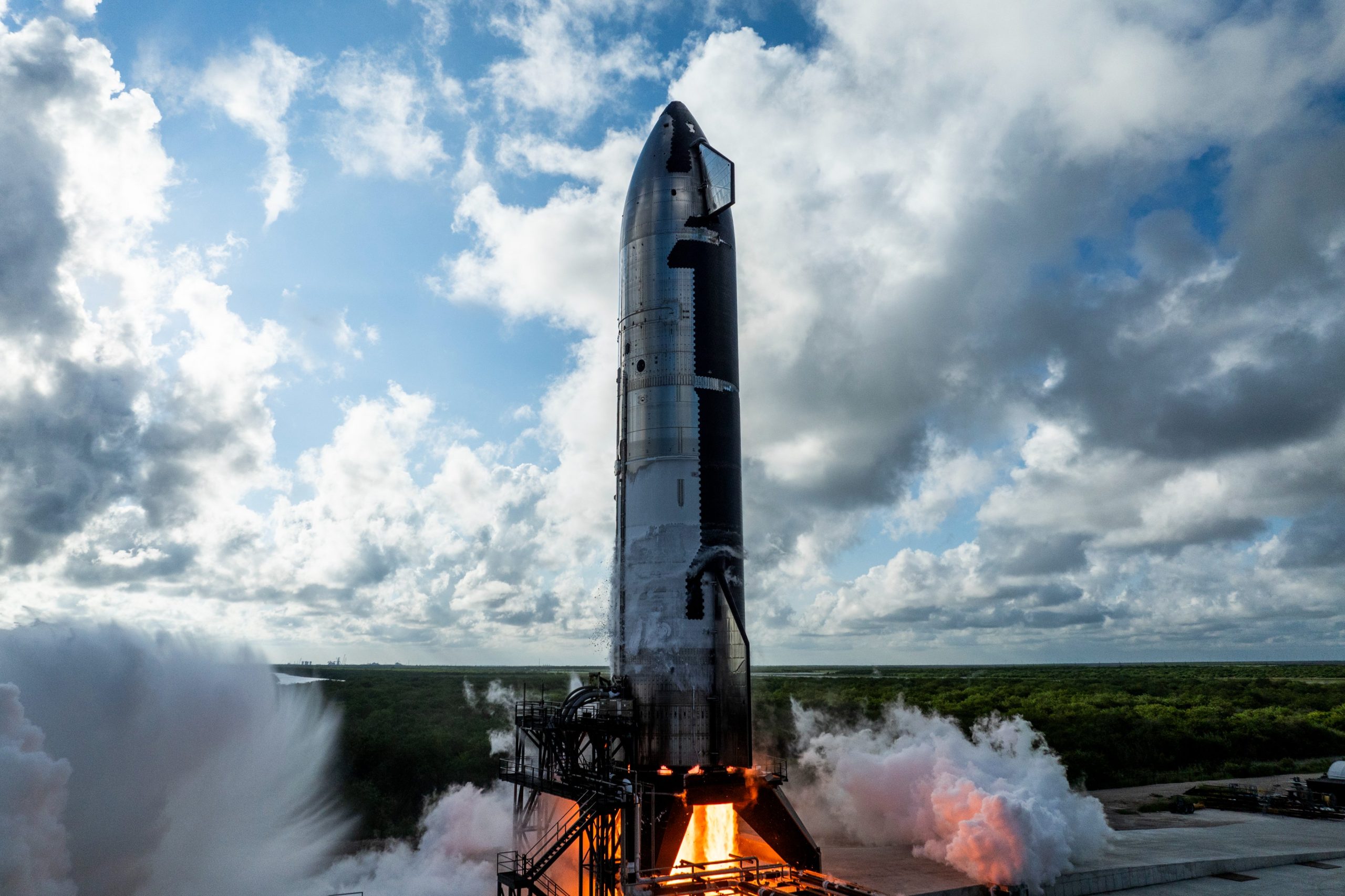
SpaceX secured Federal Aviation Administration (FAA) approval to launch and land Starship rockets and Super Heavy boosters from its Starbase spaceport in Boca Chica, Texas, up to 25 times a year. The FAA’s decision was announced on Tuesday, marking a pivotal step for SpaceX’s ambitious space exploration goals.
The FAA’s SpaceX approval is part of its ongoing license review. The agency noted that “there are other licensing requirements still to be completed,” including evaluations of policy, payload, safety, financial responsibility, and environmental impacts.“Once the evaluation process is complete, the FAA will make a determination to approve or deny the license application,” the agency added.
The FAA’s final environmental assessment concluded that SpaceX’s expanded launch plans would have “no significant impact” on the surrounding environment, defying a history of legal disputes with environmental groups.
The ruling follows a significant weekend for Starbase, where residents—mostly SpaceX employees—voted to incorporate the area as a city. Starbasee City includes a mayor and two commissioners from the aerospace company’s ranks. The FAA’s decision amplifies SpaceX’s momentum but has sparked concerns among environmentalists.
Christopher Basaldu of the South Texas Environmental Justice Network called the environmental assessment premature.
“You’re bragging about the big slot rocket in history, and then you’re also trying to claim that it makes no environmental impact; that’s impossible. So they’re lying. So what the FAA needs to do is they need to go all the way back to square one,” Basaldu said.
Basaldu highlighted potential harm to marine life, pollution risks to the nearby Rio Grande, and disruptions from noise and night operations coming from SpaceX launches.
“A lot of noise pollution. That’s not a lot of night pollution, because they try to continue working through the night, while SpaceX is going to shut down the road for half of the year.”
As SpaceX pushes to scale Starship operations, the FAA’s approval underscores Starbase’s growing role in space exploration. However, ongoing environmental reviews and local concerns signal challenges ahead, balancing innovation with ecological and community impacts.
-
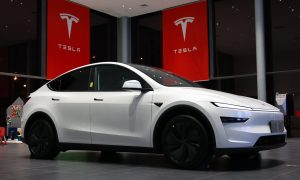
 News4 days ago
News4 days agoTesla offers legacy Model Y owners an interesting promotion
-

 News2 weeks ago
News2 weeks agoTesla is trying to make a statement with its Q2 delivery numbers
-

 Investor's Corner2 weeks ago
Investor's Corner2 weeks agoLIVE BLOG: Tesla (TSLA) Q1 2025 Company Update and earnings call
-
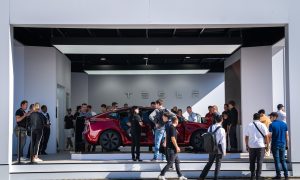
 News1 week ago
News1 week agoNY Democrats are taking aim at Tesla direct sales licenses in New York
-
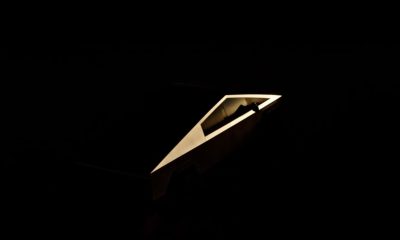
 Investor's Corner2 weeks ago
Investor's Corner2 weeks agoTesla (TSLA) releases first quarter 2025 earnings results
-
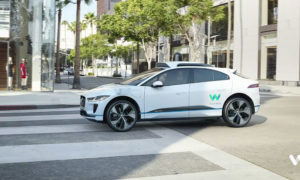
 News1 week ago
News1 week agoWaymo considers selling robotaxis to individual owners
-
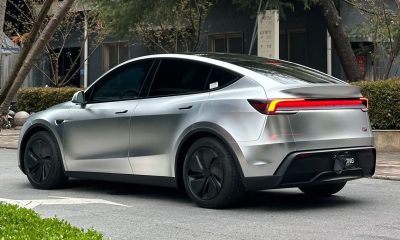
 Investor's Corner2 weeks ago
Investor's Corner2 weeks agoTesla (TSLA) Q1 2025 earnings: What to expect
-

 News2 weeks ago
News2 weeks agoTesla Optimus units line up in Fremont’s pilot production line



